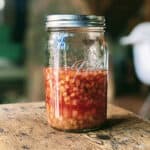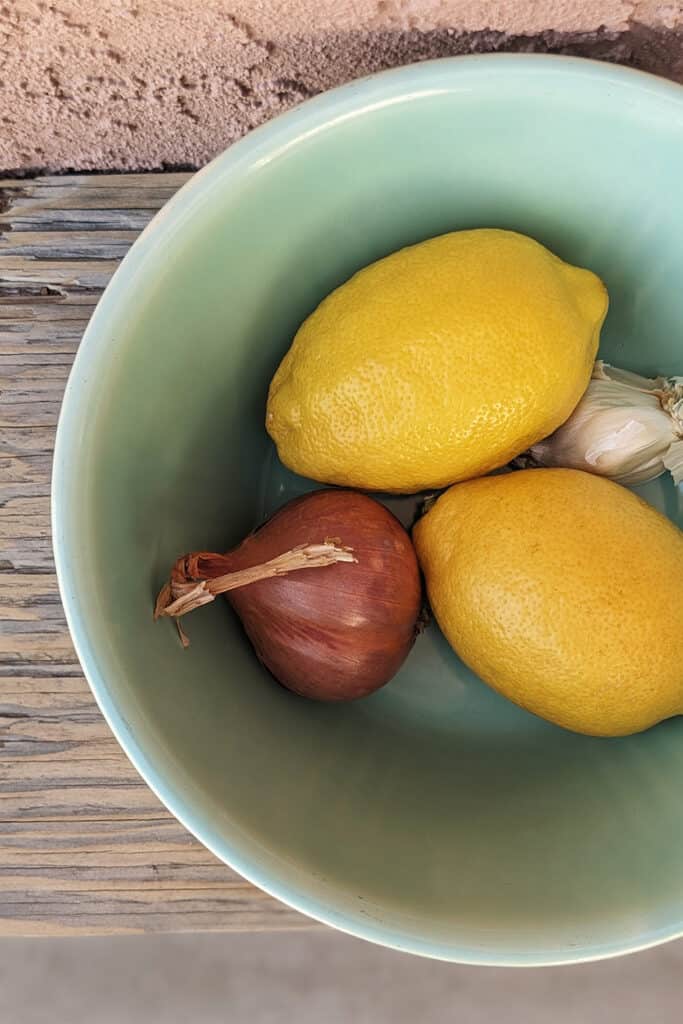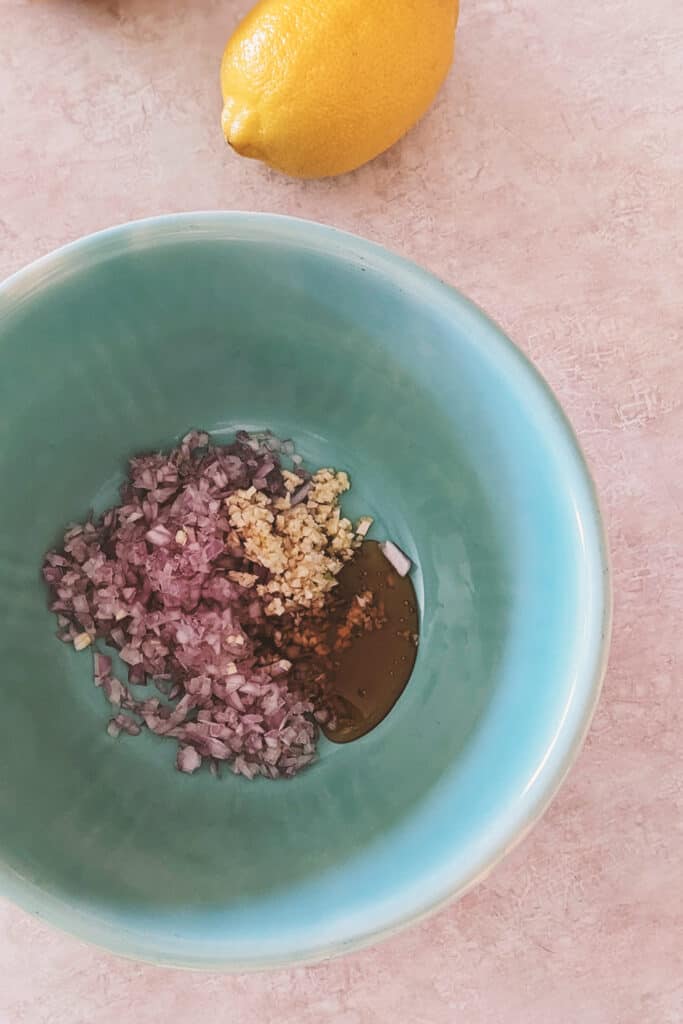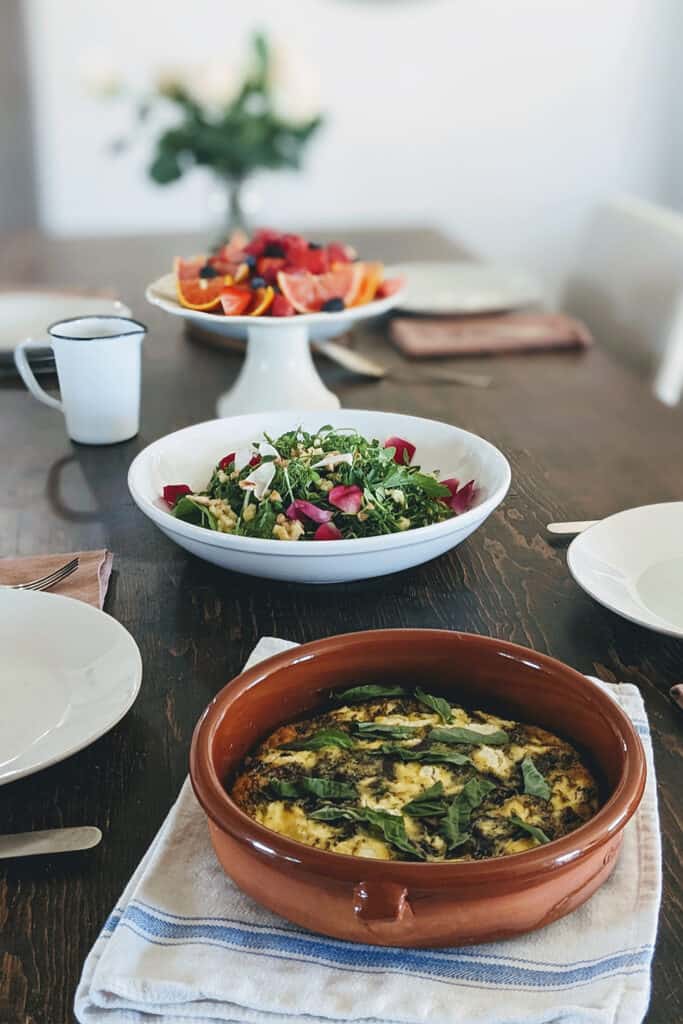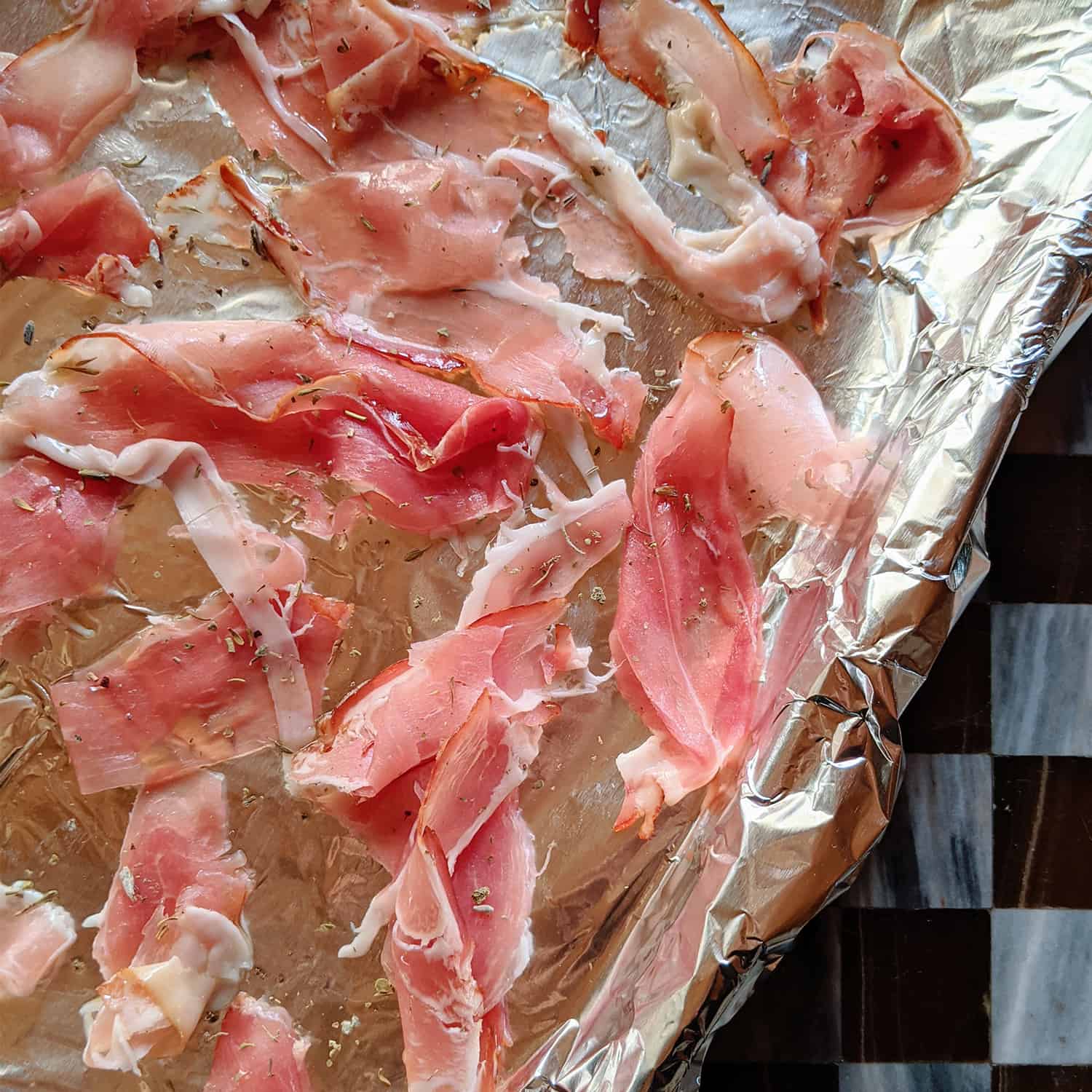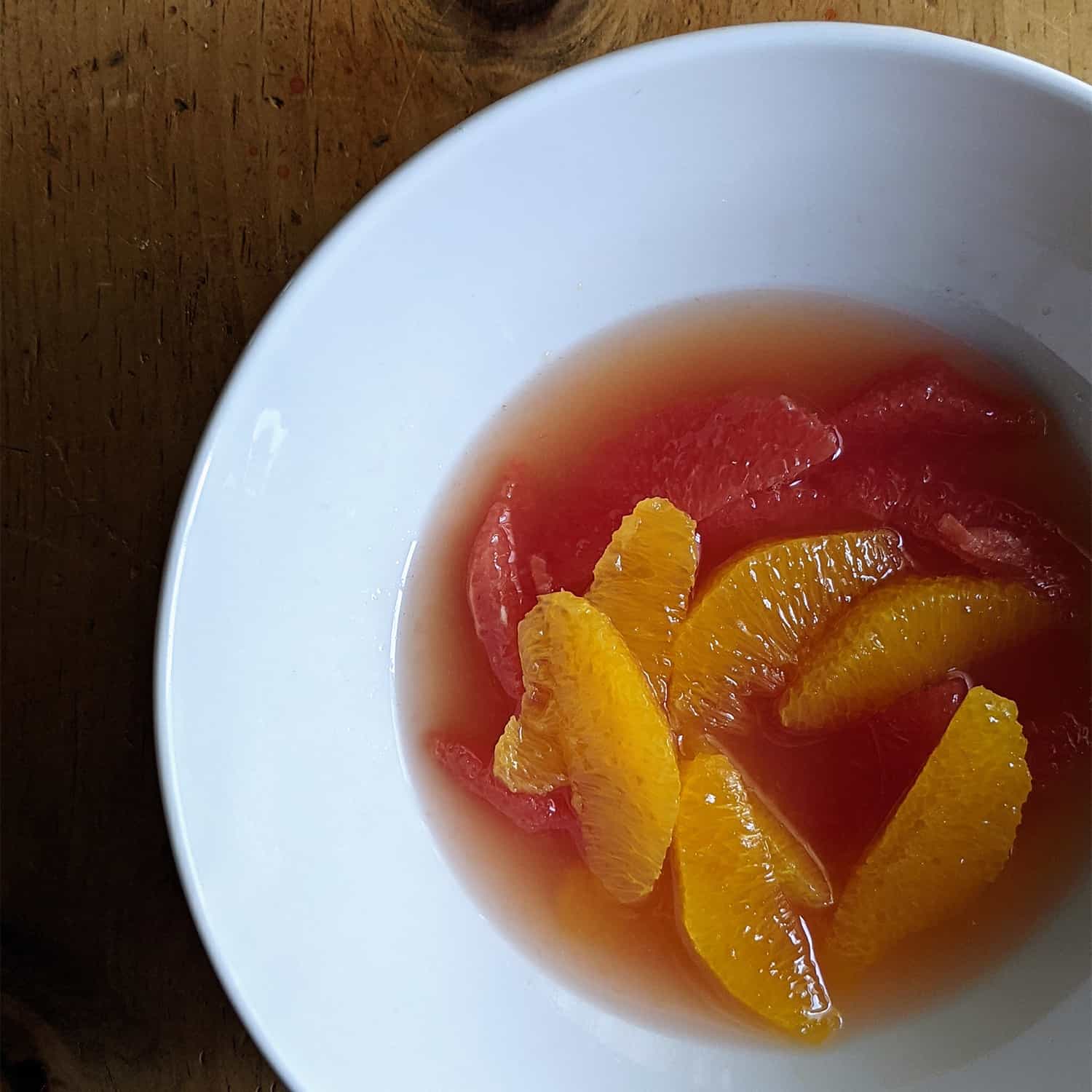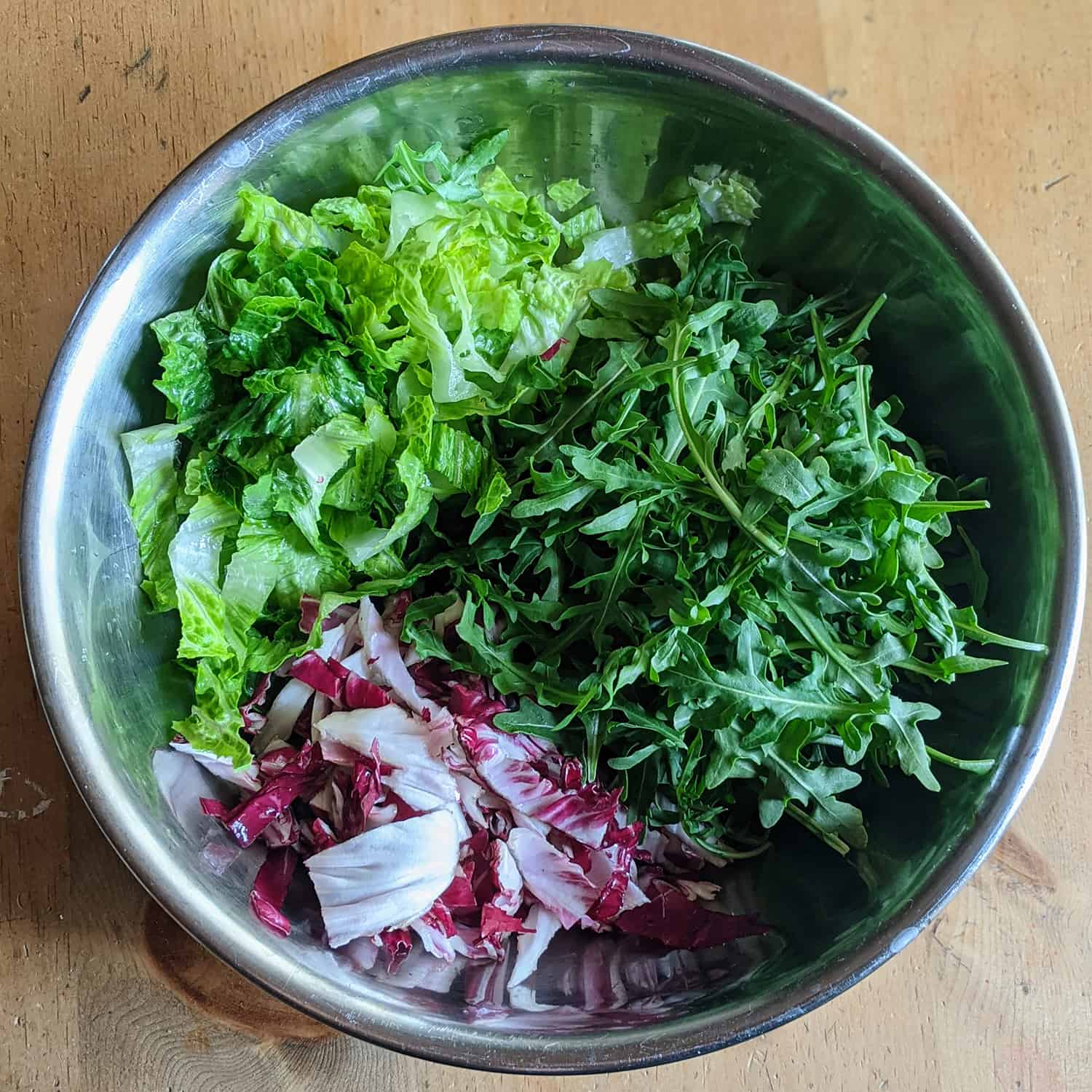Sometimes a recipe is so quick and easy it doesn’t even feel like a whole recipe. But this recipe for quick and easy pickled rhubarb is not only perfectly complete, it also might be the most magical way to use rhubarb I have come across.
Rhubarb has always been one of my favorite fruits, and usually, the second I see it, I try to buy some as finding it sometimes feels as special as spotting an animal in the wild. I’ll usually make a coulis, slice it, and roast it with a squeeze of orange and honey. Or if I have time, I’ll make a pie with just rhubarb, or with the addition of strawberries.
Rhubarb, a springtime vegetable part of the buckwheat family, functions more like a fruit, resembling long stalks of red celery. When I think of celery the first thing I think about is the crunchy texture. But usually, rhubarb recipes are the opposite of crunchy. This recipe is a quick “pickle” where the rhubarb provides most of the acidity and in the process keeps its delightful texture.
Get creative
Feel free to get creative with flavors when making the pickling liquid. You could add vanilla bean, orange, lavender, rosemary, ginger, cinnamon, or even mint. It’s beautiful paired with ice cream, pancakes, and salad greens, but my favorite way to enjoy this is spooned over plain greek yogurt. The pickling liquid is a treat in itself added to sparkling water or in a cocktail.
PrintQuick & Easy Pickled Rhubarb
This fast and easy recipe for pickled rhubarb is not only perfectly complete, but it also might be the most magical way to use rhubarb I have come across. Use it on grilled meats, as a refreshing salad topping, or on a charcuterie plate.
- Prep Time: 10 mins
- Cook Time: 5 mins
- Total Time: 15 minutes
- Yield: 2 cups
- Category: pickles, jams, & preserves
- Method: pickeling
- Cuisine: american
Ingredients
- 3–5 stalks of rhubarb, depending on size
- 3/4 c. sugar
- 1 c. water
- 1 juicy lemon, zested and juiced
Instructions
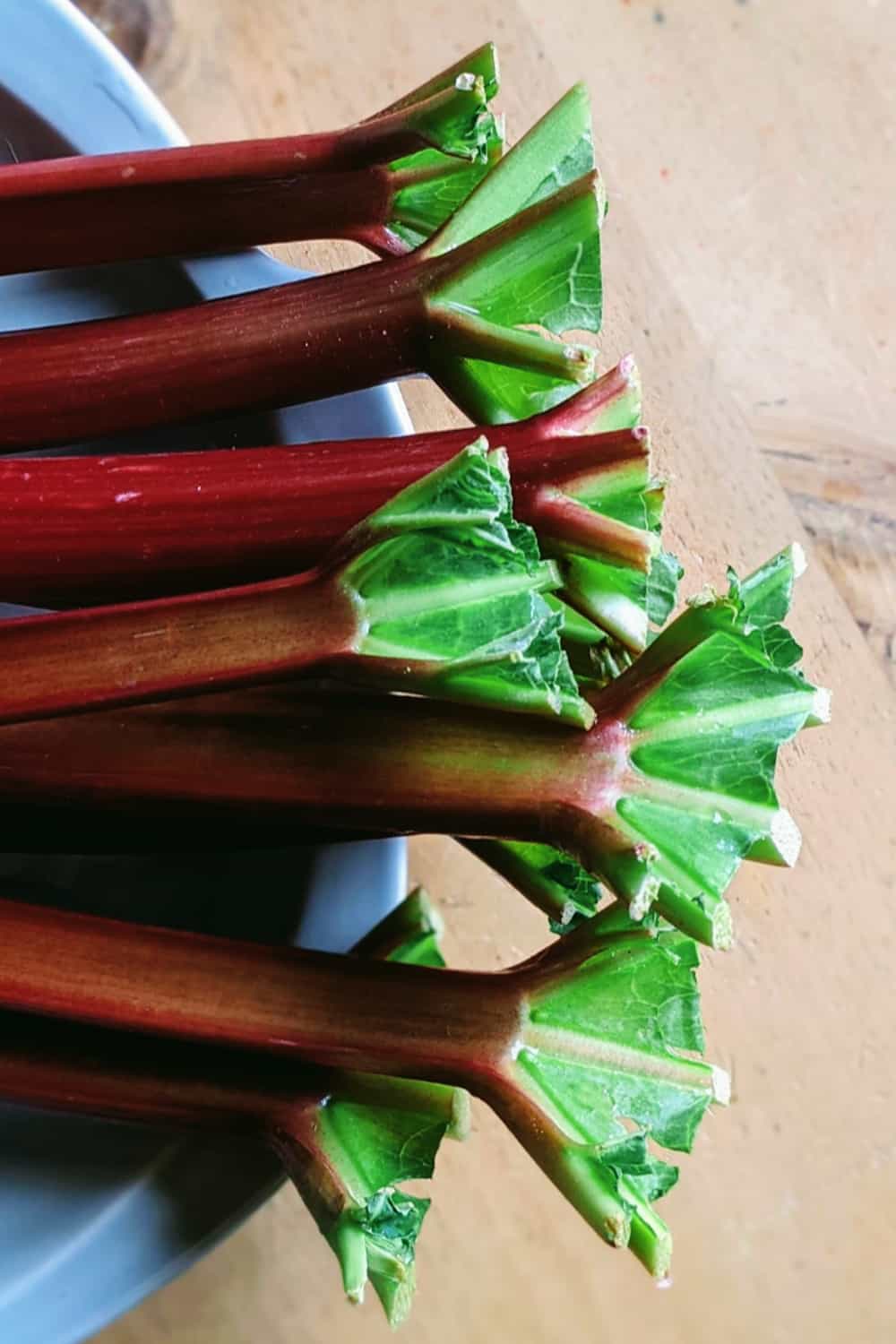
Trim ends and dice the rhubarb. Place them in a heat-proof glass jar.
In a medium saucepan over medium heat, bring the sugar, water, zest, and lemon juice to a boil.
Turn off the heat and carefully pour the hot liquid over the rhubarb. Use a spoon if needed to make sure the rhubarb is completely submerged in the liquid. Let this sit on the counter until it’s close to room temperature. Then cover and transfer to the fridge for around a day. The rhubarb will keep in the fridge for 2-3 weeks.

